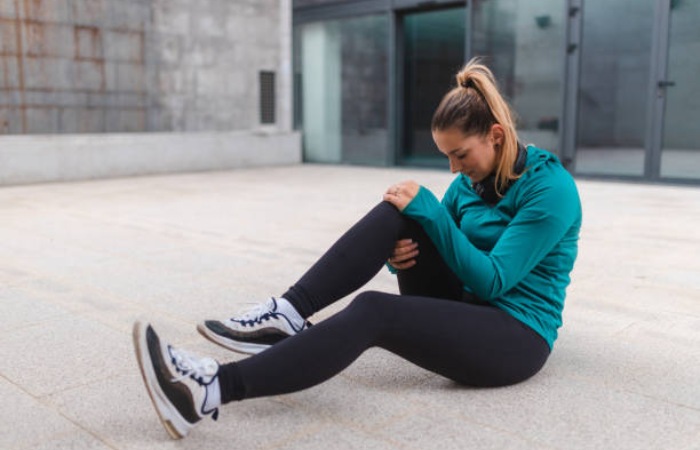As we all know, the gluteal Glute muscles play an essential role in our body; the gluteal muscles help support the lower back during lifting and prevent knee pain. Strong glutes help reduce back and knee pain and increase energy.
We often hear the importance of having solid gutters, but let’s not forget our buttes! They are just necessary. When your butt is not muscular, it will be harmful to your balance posture, and no matter how well you do at sports or workouts.
One group often overlooked is the gluteal muscles located on the buttocks. These muscles may seem unimportant, but they play a massive role in moving and remaining stable. Despite their importance, many people don’t pay much attention to their buttocks. We often focus more on the muscles we see in the mirror, such as our abs or biceps, and forget about those that are not as easy to see, such as our buttocks. However, neglecting these muscles can cause problems.
Understanding the Glutes
The gluteal Glute muscles, with the gluteus maximus, medius, and minimus, are among the human body’s largest and most powerful muscles. They are essential in stabilizing the pelvis, supporting the spine, and facilitating various lower-body movements, including walking, running, and climbing stairs.
Also Read: Flexibility And Mobility
Symptoms of Glute Weakness May Include

- Lower back pain
- Hip pain or instability
- Knee pain or discomfort
- Poor posture
- Decreased athletic performance
- Difficulty doing activities such as climbing stairs or getting up from a sitting position.
Consequences of Weak Glutes
- Postural Imbalance: Weak gluteal muscles can contribute to postural imbalances such as anterior pelvic tilt or excessive lumbar lordosis. This inequity can lead to lower back pain, hip pain, and a more significant risk of injury during physical activity.
- Knee problems. The gluteal muscles are essential for proper knee alignment and stability. Weakness can lead to poor patella movement (kneecap), foremost to conditions such as patellofemoral pain syndrome or more severe problems such as anterior cruciate ligament (ACL) injury.
- Hip pain and dysfunction. Weak gluteal muscles can cause hip instability and delay the proper functioning of the hip joint. This instability can manifest as hip pain, decreased range of motion, and an increased probability of developing conditions such as bursitis or IT band syndrome.
- Decreased athletic performance: Athletes rely heavily on gluteal solid Glute muscles to produce power, speed, and agility. Weakness in these muscles can reduce activity in sports that need explosive movements, such as sprinting, jumping, or cutting.
- Increased risk of falling. In particular, the gluteus medius is essential in maintaining balance and stability during walking and other weight-bearing activities. Weakness in this muscle can predispose people to falls, especially in older adults.
- They have limited functional movement. Everyday activities such as bending, lifting, and squatting rely heavily on the strength and management of the gluteal muscles. Weak gluteal muscles can reduce the effectiveness and safety of these movements, increasing the likelihood of strains or injuries.
Exercises to strengthen your glutes
Fortunately, weak glutes can be strengthened through targeted exercises to activate and develop these Glute muscles. Incorporating the following exercises into your workout program can help combat glute weakness:
- Squats: A classic multiple exercise that targets the glutes, quads, and hamstrings.
- Lunges: Another effective lower body exercise that targets the glutes, hamstrings, and quads. Ensure proper positioning and engagement of the glutes to maximize activation.
- Hip Thrusts: Specifically target the glutes and help improve hip extension strength. Use a bench or stable surface to support your upper back, and focus on squeezing your glutes at the top of the movement.
- Deadlift: A compound exercise that primarily targets the glutes, hamstrings, and lower back. Pay attention to your hip rotation technique and engage your glutes to control the movement.
- Glute Bridges: Effectively isolate and activate the gluteal Glute muscles. Lie on your back, curve your knees, and lift your hips off the ground while enfolding your glutes at the movement’s top.
Conclusion
Gluteal solid Glute muscles are essential for optimal movement, performance, and musculoskeletal health. Weakness of these muscles can lead to various problems and discomfort throughout the body. By understanding the importance of your glutes, recognizing signs of weakness, and incorporating targeted exercises into your daily routine, you can effectively strengthen these powerful Glute muscles and maintain your body’s functionality and performance.

